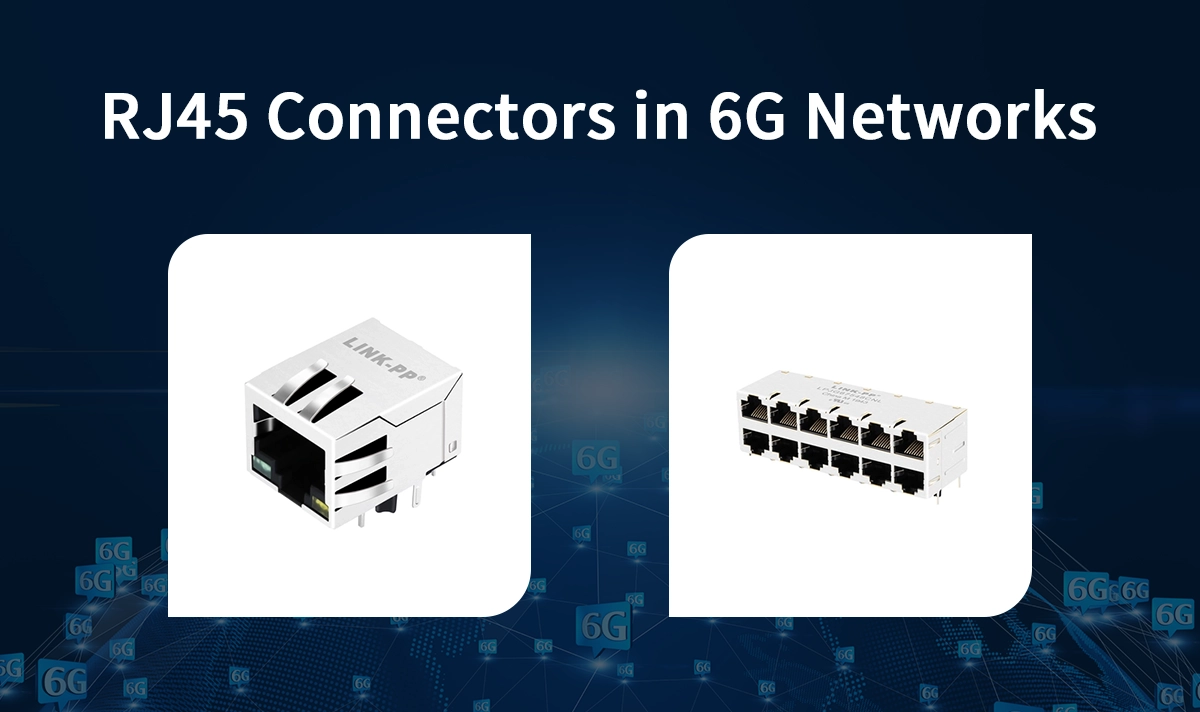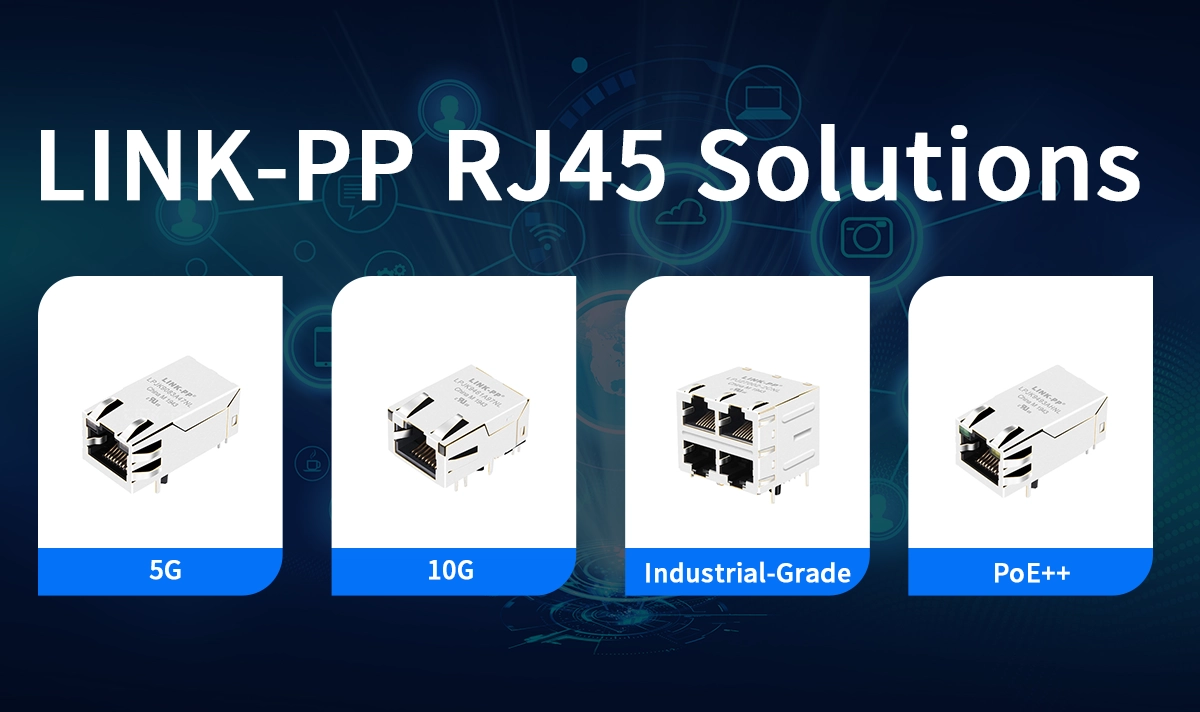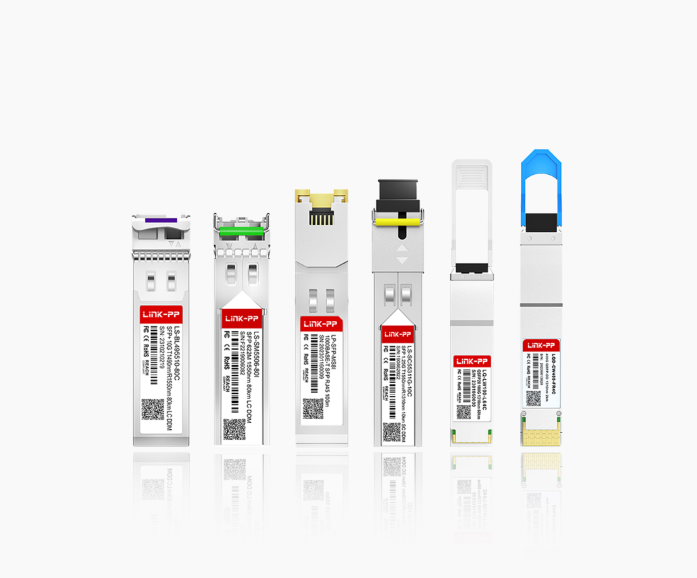
▶ Introduction: 6G and Wired Connectivity
While 6G is often associated with wireless innovation, its high data throughput and sub-millisecond latency requirements also depend heavily on high-performance wired infrastructure. Every base station, data center, and edge node still relies on copper-based Ethernet connections—especially RJ45 interfaces—for cost-efficient, reliable, and backward-compatible networking.
6G’s promise of speeds up to 1 Tbps and latency below 0.1 ms requires rethinking even the most mature components—like the RJ45 connector—to ensure minimal signal distortion and optimal electromagnetic performance.
▶ Why RJ45 Still Matters in the 6G Era
Despite the shift toward fiber optics and optical transceivers, RJ45 connectors remain essential for:
Edge computing nodes require short-range, high-speed links.
Industrial automation networks where durability and EMI resistance matter.
Power over Ethernet (PoE) systems integrate both power and data for smart devices.
Backward compatibility with 5G and Ethernet-based legacy systems.
The evolution of RJ45 technology ensures that copper interfaces continue to complement optical backbones in 6G network infrastructures.
▶ Technical Challenges for RJ45 Connectors in 6G
1. Bandwidth Expansion
6G networks demand multi-gigabit transmission up to 10G/25G Ethernet over copper lines. This requires connectors with extremely low insertion loss and improved return loss characteristics.
2. Signal Integrity and Crosstalk
At terabit-level speeds, near-end crosstalk (NEXT) and far-end crosstalk (FEXT) become critical. Advanced PCB layouts, internal shielding, and optimized transformer designs are essential to maintain clean signal pathways.
3. Thermal and Power Management
The growth of PoE++ (up to 100W) and AI-driven edge devices introduces significant heat generation. RJ45 connectors must adopt high-temperature-resistant materials and improved thermal dissipation designs.
4. Mechanical Reliability
High-frequency data transmission requires precise contact geometry and durable plating to reduce micro-impedance fluctuations and long-term wear.
▶ Engineering Innovations to Meet 6G Demands
♦ Enhanced Magnetic Integration
Modern RJ45 connectors integrate high-bandwidth magnetic transformers designed for EMI suppression and common-mode noise filtering, ensuring superior performance at 10G/25G transmission rates.
♦ Shielded Differential Pairs
Fully shielded RJ45 connectors (STP) minimize electromagnetic interference and maintain integrity even in dense 6G base station environments.
♦ Low-Profile, High-Density Designs
6G hardware demands compact, vertically stacked RJ45 ports that reduce space usage while preserving electrical isolation.
♦ Hybrid Copper-Optical Interfaces
Future RJ45 designs may incorporate hybrid interfaces that combine traditional copper data paths with optical pass-through channels to bridge Ethernet and fiber environments seamlessly.
▶ LINK-PP’s Advanced Solutions for 6G Infrastructure

As a global supplier of Ethernet magnetic connectors, LINK-PP develops high-performance RJ45 MagJacks optimized for next-generation networks.
Key Advantages of LINK-PP RJ45 Solutions:
5G/10G magnetic integration for ultra-high-speed transmission
Superior EMI performance with internal shielding and optimized layout
Wide temperature range (-40°C to +85°C) for outdoor and industrial 6G applications
PoE++ (IEEE 802.3bt) support, integrating power and data in a single port
Compatibility with 5G/6G small-cell base stations, edge servers, and IoT gateways
These solutions help network engineers build scalable, reliable infrastructure that bridges the copper and optical domains efficiently.
👉 Explore LINK-PP’s full product lineup: Integrated RJ45 Connectors
▶ Future Outlook: RJ45 in a Hybrid Optical-Ethernet World
In the 6G era, copper-based Ethernet and optical communication will coexist. While optical modules deliver long-haul capacity, RJ45 connectors continue to serve critical roles in short-distance, low-latency, power-enabled connections.
The next evolution of RJ45 will likely feature AI-assisted signal optimization, embedded diagnostics, and integration with CPO (Co-Packaged Optics) systems to further minimize latency and enhance data reliability.



